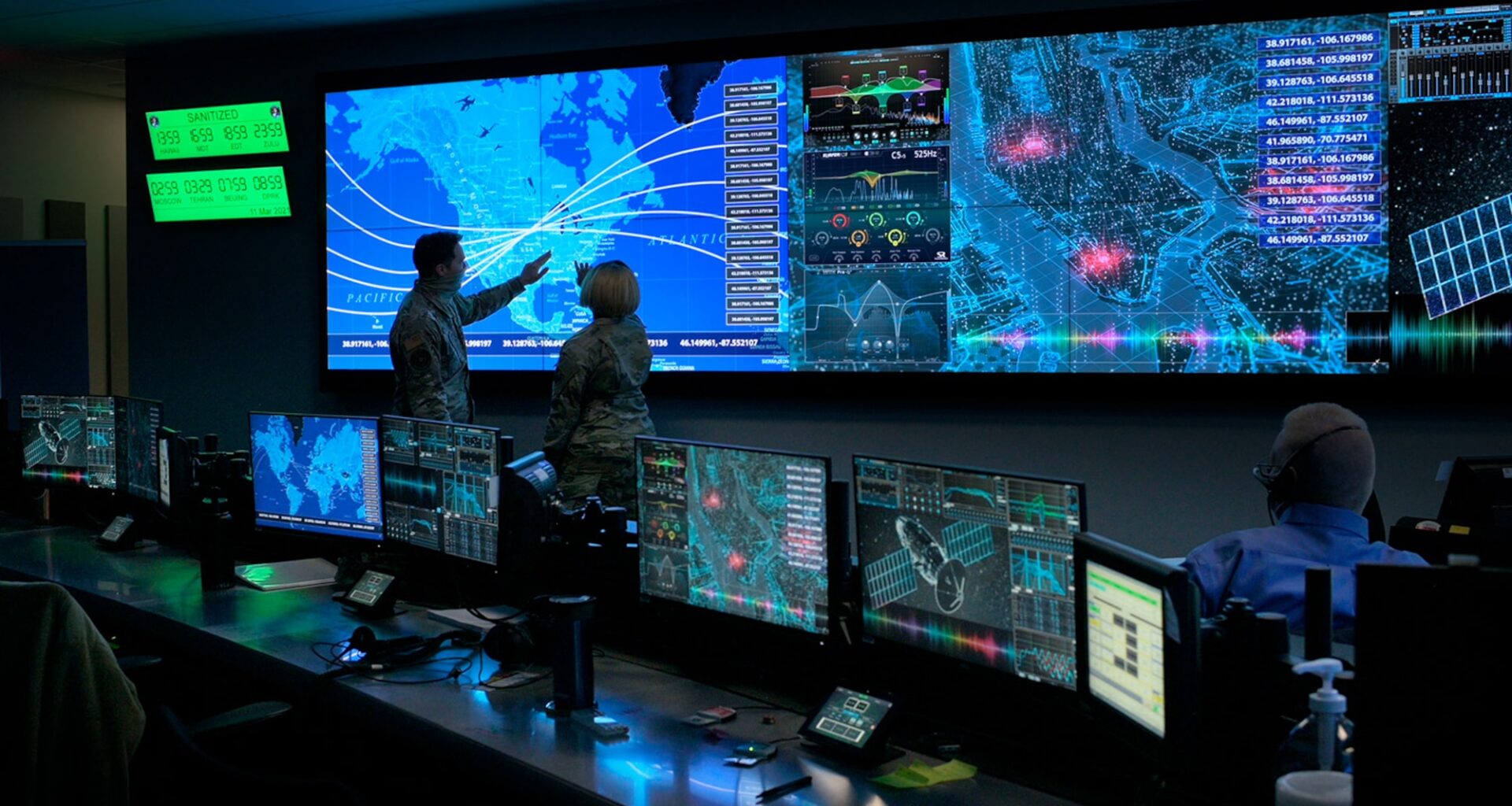The U.S. Space Force has declared its ATLAS software system fully operational, following years of development to improve monitoring of objects in orbit. The announcement was made in an interview with Breaking Defense, where officials described the software as a key step in modernising space domain awareness.
ATLAS, short for Advanced Tracking and Launch Analysis System, replaces older command-and-control tools previously used by Space Operations Command. According to Space Systems Command’s Shannon Pallone, the platform is now active and is being integrated into daily operations.
Transition to New Tracking Tools
The software provides commanders with faster and more detailed data on satellite positions and potential conjunctions. It is designed to streamline decision-making by combining information from military, commercial, and allied sensors into a single operational picture.
Space Force officials told Breaking Defense that the transition to ATLAS is intended to overcome limitations in older tracking platforms, some of which dated back decades. The new system is expected to increase the accuracy of collision warnings and ease the burden on operators.
ATLAS is also viewed as a base for bringing in new lines of data. It has been designed to expand with input from upcoming satellites and sensors, giving U.S. Space Command more flexibility as the number of objects in orbit continues to rise.
Growing Demand for Space Tracking
The move comes at a time of rising demand for space situational awareness across both government and commercial operators. Space Force leaders have stressed the need to track the activities of other national space programmes as well as debris.
By declaring ATLAS operational, the Space Force is making clear it intends to move away from former systems and standardise on a modern platform. They say the emphasis is now less on development and more on everyday use, with upgrades expected as new streams of orbital information come online.
The announcement was made in an interview with Breaking Defense on 16 September during the Advanced Maui Optical and Space Surveillance conference.
